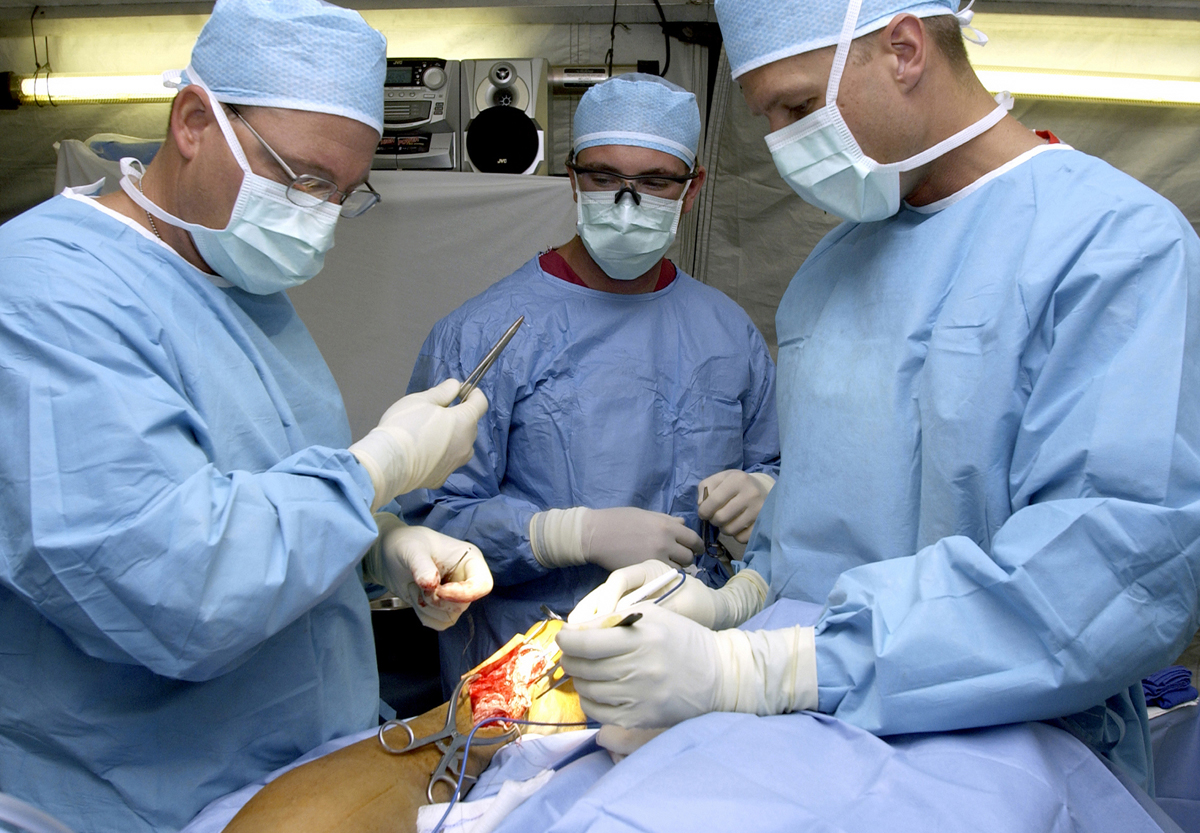
Photo from academic.microsoft.com
surgical procedures in which any surgeon should perform the same steps, and any surgeon could replace another, exactly the same way in which a musician can play the same song… Click to show full abstract
surgical procedures in which any surgeon should perform the same steps, and any surgeon could replace another, exactly the same way in which a musician can play the same song in place of another simply reading (and studying) the same score. No more surgical Stars then? Fortunately, it is still a long way. In fact, despite almost 75 clinical trials and 11 systematic reviews are added to PubMed each day, the ‘‘scientific’’ weight of most of the actual literature is still low, as easily verifiable by reading any conclusion section of the most qualified meta-analysis and systematic review (‘‘Longer follow-up and larger rigorous trials are needed’’) and evidence grades provided are far to meet all the practical needs of physicians. Authors of scientific reports generally know that their work is more likely to get published and be noticed if the data support some positive result, so they will be inclined to process the data until a positive result is found or to emphasize only positive data. These works do not start with a hypothesis to confirm or refute, but rather ends with a hypothesis secondarily defined by the significant values found. As stated by HJ Cloft, ‘‘when we physicians read the medical literature, we generally want to see a P value. We find it reassuring. There seems to be a pervasive perception that a P value can lend instant credibility to a research report. Readers can be seduced into thinking that a report has merit simply because the results yield a P value of less than 0.05.’’ Moreover, only a small percentage of submitted articles find the light of publication and a lot of data and potential new ‘‘evidences’’ are constantly being lost. These are the reasons why clinical guidelines are still so frightening, especially if compared with deep clinical experience. Unfortunately, patients (and lawyers) seem to know guidelines better than us, and to ignore the still weak foundation that supports them. Moreover, they seem to ignore that EBM means that individual clinical expertise should be integrated with the best-available clinical evidence, not replaced. Our patients are like the musician’s audience, come for a live performance. They are our principals, our judges, and our victims. However, they are no more our fans! Nowadays, the patients put a coin in the jukebox, asking for what they want. They ask us to play something, judging adversely if it is not the same as what they have heard in some advertising. They don’t mind our creativity, our interpretation, and our improvisation. It is reassuring that even if they are no more our fans, they need us, and music, as surgery, will never be a simple mathematical sequence of sounds or actions. The same score will always be different according to who will play it. Who knows if maybe our ego does not let us to see that the surgical event (or the musical performance) is not our concert, but the patient’s one, in which we just are players. However, even if it is not our concert, please let us still play the music we love as long as other Stars will show us we are wrong.
Journal Title: Annals of Surgery
Year Published: 2017
Link to full text (if available)
Share on Social Media: Sign Up to like & get
recommendations!